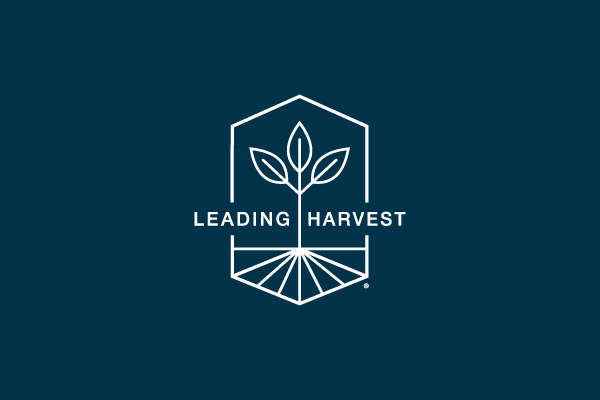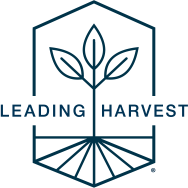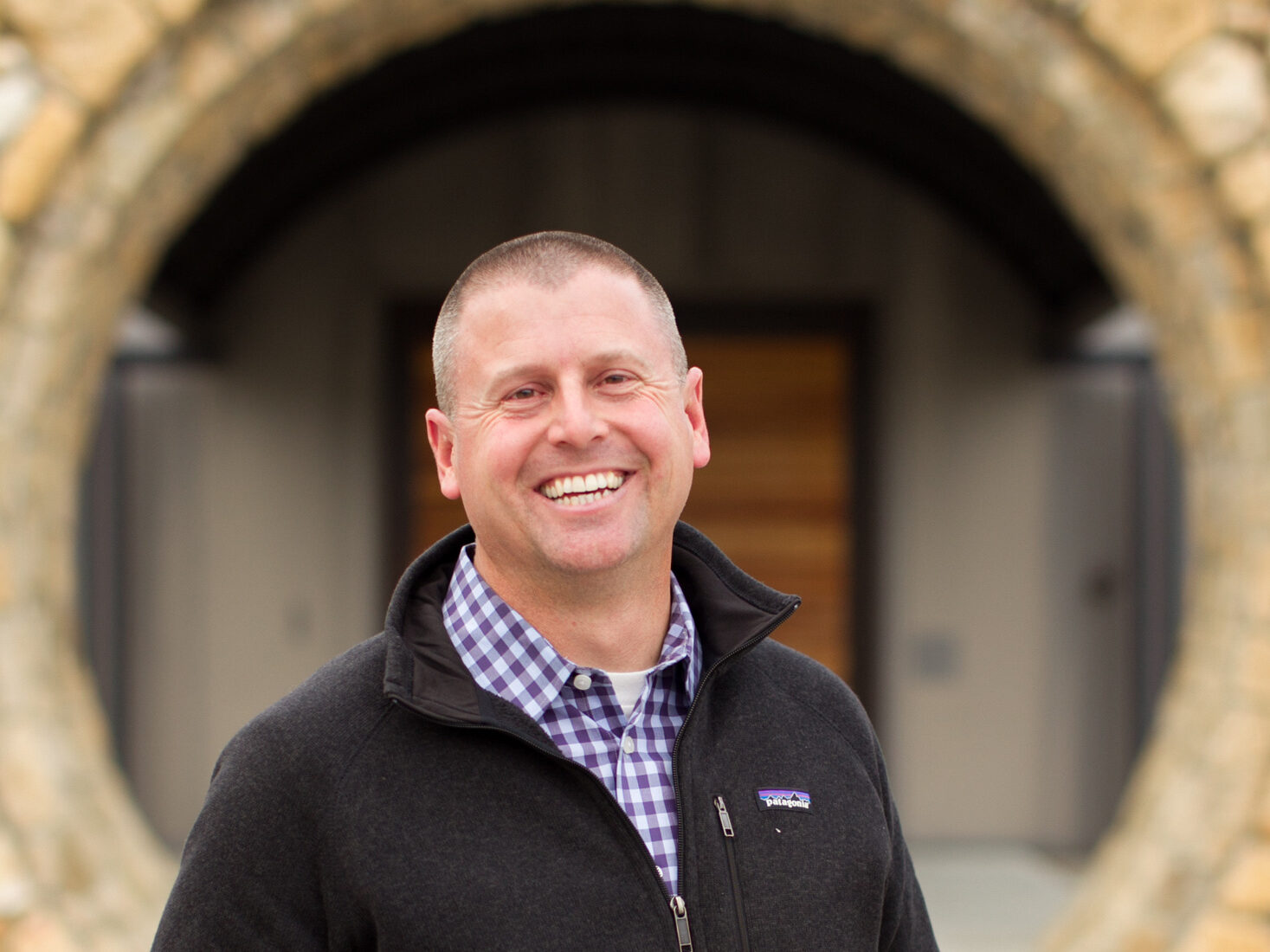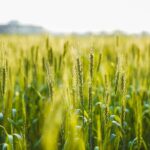Manomet Interview
Andy Whitman
Director
Sustainable Economies Program
Manomet

Tell me about your work at Manomet and what drew you to working with Leading Harvest?
I am an ecologist by training, and, over the past 30 years at Manomet, I have consistently focused on building innovative, science-driven programs that work to improve the balance between nature, society, and the economy. A good example of this came back in 2009, when we began a project with Cabot Creamery. The key question then was how do you help farmers tackle agricultural sustainability and communicate their good work to consumers, supply chains, and other key stakeholders? We needed to bridge the external demand for sustainability with the internal operations and business concerns of dairy farmers.
The question today is the same, but the market demand and scope are much greater, which is why Leading Harvest’s innovative, holistic, and inclusive Farmland Management Standard is so valuable. Sustainability programs have to be practical and implementable for the farmers, but they also have to address the concerns and values of customers, the supply chain, and capital providers if they are going to provide the necessary level of assurance that everyone is calling for. This challenge has defined my career at Manomet and encapsulates what Leading Harvest is setting out to standardize at scale across the agricultural industry.
What brought Manomet and the founding members of Leading Harvest together?
Ultimately, the scale of the opportunity and impact is what brought this diverse group together. Given that agriculture is the most widespread land use on the planet, it is both a problem and a potential solution, depending on how it is managed. For agriculture to be a solution, we have to focus on how we create an agricultural system that renews natural resources and supports farming families, communities, and investors for generations to come. Everyone agrees that agriculture has to become a lot more effective at what it does if we are to feed a growing population and solve for climate change, simultaneously. Leading Harvest will become the key driver in getting us there.
Could you tell me a bit about the process that launched the Leading Harvest Farmland Management Standard?
Before we began, we did a gut check and asked whether we really needed another agricultural sustainability program. Our working group engaged in a thorough review of the over 400 existing programs. We concluded that a new standard was necessary because existing efforts had not been broad or flexible enough to be applied to all crops and thereby achieve the level of impact that Leading Harvest aims to make across the country.
In 2019, we went through a rigorous process of field testing, stakeholder workshops, and collaborative conversations with experts across the country to finalize the Standard, receiving hundreds of compelling suggestions from stakeholders and experts in the process. The Standard is the culmination of this iterative, responsive process that is designed to help focus the agriculture sector.
How do Manomet and Leading Harvest’s missions intersect?
Throughout my career, I have found that productive partnerships often come either through alignment of purpose or alignment of strategy. It is easy to find organizations that align on one of these, but it is rare to find partnerships that align on both. Leading Harvest and Manomet are one of those rare combinations. Our organizations and the broader working group are committed to the continuous improvement of agriculture across the triple bottom line: the economic, social, and environmental aspects of sustainability, and the Standard is the logical expression of that commitment.
What differentiates the Leading Harvest Farmland Management Standard from other sustainability standards in the agricultural industry?
The Standard is unique in three, critical aspects: it is outcome based, third-party assured, and is designed to be universally applicable across all crops and all geographies. We achieved this by developing the Standard alongside farmers and professionals who know what is practical for a farm business. We recognized that widespread adoption depends on a system that works for farmers.
We also realized that the sustainable outcomes, including biodiversity, labor rights, and clean air, should be achieved across all crops no matter where they grow. This led to the Standard’s focus on outcomes, rather than prescriptions. Leading Harvest encourages farmers to innovate and obtain operational efficiencies on their own unique journey toward meeting the sustainability outcomes defined by the Standard. The Standard allows farmers to find the solutions that work best for their operation and conform to the Standard, which is why Leading Harvest will have greater buy-in and adoption from the agricultural community.
You mentioned that the Standard was designed to be practical and flexible to work seamlessly at scale across agriculture — how has it measured up to that objective?
The Standard is all about scope and scale. Certification through Leading Harvest provides a credible, transparent, and reliable path to continuous improvement no matter the size of the farm operation. The Standard works the same on a 100-acre farm as it does on a 10,000-acre farm. In order for this to be possible, the Standard had to be designed to be flexible and responsive to the farm operation’s risks, potential impacts, and specific needs. 100-acre farms simply do not pose the same level of risks for adverse impacts as a 10,000-acre farm, and third-party auditors will take this into account when they audit different farm operations.
What do you and Manomet think that the future of sustainable agriculture looks like? How does the Standard fit into that?
The future of agriculture will require assurance of sustainability across supply chains. In the past, assurance has been focused on prescriptive approaches, requiring specific practices to be applied, but more and more the focus will be on outcome-based approaches because they are more efficient and effective at assuring meaningful outcomes. They also reward innovation and continuous improvement, which are both so essential to sustainability. The Standard requires farmers to stay on top of sustainable agriculture where they live and rewards them for doing so. The Standard will help provide a rigorous way to apply an outcome-based system and accelerate assurance across agricultural supply chains. This will help farmers and farm managers provide efficient and cost-effective assurance to better meet the sustainability demands of consumers, investors, and the supply chain, opening up market access.





